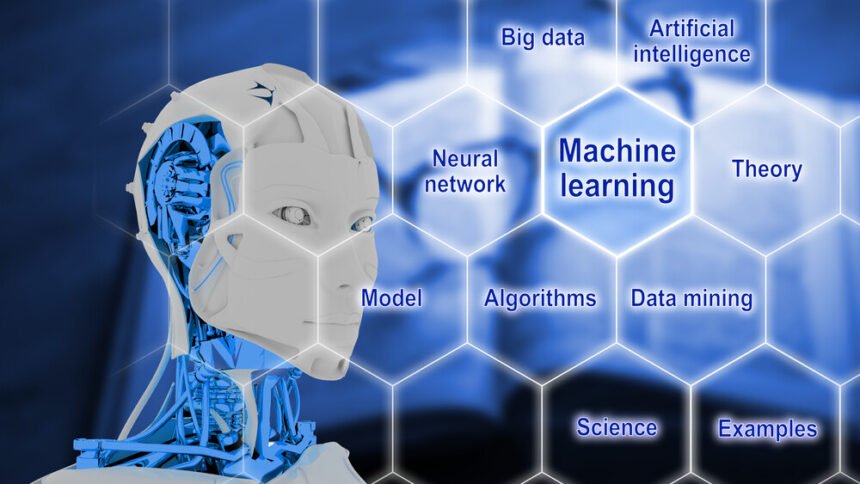Human bias is a significant challenge for almost all decision-making models. Over the past decade, data scientists have adamantly argued that AI is the optimal solution to problems caused by human bias. Unfortunately, as machine learning platforms became more widespread, that outlook proved to be outlandishly optimistic.
The viability of any artificial intelligence solution is based on the quality of its inputs. Data scientists have discovered that machine learning solutions are subject to their own biases, which can compromise the integrity of their data and outputs.
How can these biases influence AI models and what measures can data scientists take to prevent them?
The Cost of Machine Learning Biases
Machine learning biases can go undetected for a number of reasons. Lack of attention to these issues include:
- Many people believe that machine learning algorithms are infallible. They aren’t expected to have the innate prejudices and emotions that consume humans, so even experienced data scientists often assume they don’t require any oversight until glaring problems surface.
- Many of the applications that depend on machine learning algorithms run autonomously. Since human users aren’t monitoring every stage of the process, the implications of these biases may be subtler.
- The programmers that develop machine learning algorithms may accidentally or intentionally introduce their own biases.
- The integrity of machine learning algorithms is limited to the lack of bias of the datasets available to them. If the algorithms rely on machine learning datasets from users who are representative of the focus population, then they will be heavily biased.
The last point is one of the most important. It is responsible for some of the strongest biases. It is also one of the easiest factors to address, provided you take the right steps and know what to look for. Here are some examples of real-world challenges that arose from biases in machine learning data sets.
Electoral Distracting Mishap
Gerrymandering is a major concern in United States national elections. It occurs when politicians draw district lines to ensure districts are divided to support candidates from their own party.
Many political pundits have demanded electoral districts be drawn with computer generated tools instead. They argue that AI districting methodologies wouldn’t be exposed to the same bias.
Unfortunately, preliminary assessments of these applications have demonstrated the same bias or worse than those drawn by humans. Political scientists are struggling to understand the fallibilities of these algorithms. However, it appears that the same biases might be introduced into them.
Poorly Targeted Webinar Marketing Campaigns
A growing number of brands are using webinars to engage with their audience. Unfortunately, problems with AI outreach tools can limit the effectiveness of them. How does machine learning bias affect the performance of a webinar?
One of the issues is that machine learning plays an important role in helping marketers automate their inbound marketing campaigns through social media and pay per click. They depend on reaching people on these platforms to grow their webinar footprint. However, the machine learning tools that drive marketing automation software could make erroneous assumptions about users’ demographics, which drive the wrong people to the landing pages.
Racially Discriminatory Facial Recognition Algorithms
Facial recognition software is a new frontier that could have a tremendous impact on social media, law-enforcement, human resources and many other applications. Unfortunately, biases in the data sets supplied to facial recognition software applications can lead to very erroneous outcomes.
When the first facial recognition software programs were developed, they often matched the faces of African-American people to gorillas. According to some experts, this wouldn’t have happened if African-American programmers were more involved in the development and more African-American users were asked to provide data to the project.
“That’s an example of what happens if you have no African American faces in your training set,” said Anu Tewary, chief data officer for Mint at Intuit. “If you have no African Americans working on the product, if you have no African Americans testing the product, when your technology encounters African American faces, it’s not going to know how to behave.”
Gender Recruiting Biases on LinkedIn
Problems with machine learning datasets can also lead to gender-biased issues in the human resources profession. This was a problem with a LinkedIn application a couple of years ago. The algorithm was meant to provide job recommendations based on LinkedIn users’ expected income and other demographic criteria.
However, the application frequently failed to provide those recommendations to qualified female candidates. This may have been partially due to gender biases on the part of the developers. However, it’s also likely that LinkedIn didn’t encourage enough female users to sample the application. This injected highly biased data into the algorithm, which affected the program’s machine learning capabilities.
Heterogeneous Datasets Are Key to Addressing ML Bias
Machine learning is an evolving field that offers tremendous promise for countless industries. However, it is not without its own limitations. Machine learning can be subject to biases that are as extreme as or worse than humans.
The best way to mitigate the risks is by collecting data from a variety of random sources. Having a heterogeneous dataset will limit the exposure to bias and lead to higher quality machine learning solutions.

